An excessive curvature of the spine is known as lordosis. The condition most commonly affects lumbar area.
What is Lordosis?The spine is naturally curved and it has four curvatures. They are cervical curvature, thoracic curvature, lumbar curvature and sacral curvature. The cervical and lumbar curves are normally lordotic while sacral and thoracic curves are called kyphotic curves. These natural curves are required for the spine to function properly. On the other hand, if the inward curve becomes exaggerated it leads to lordosis. Lordosis is also known as swayback, saddle back or hollow back.
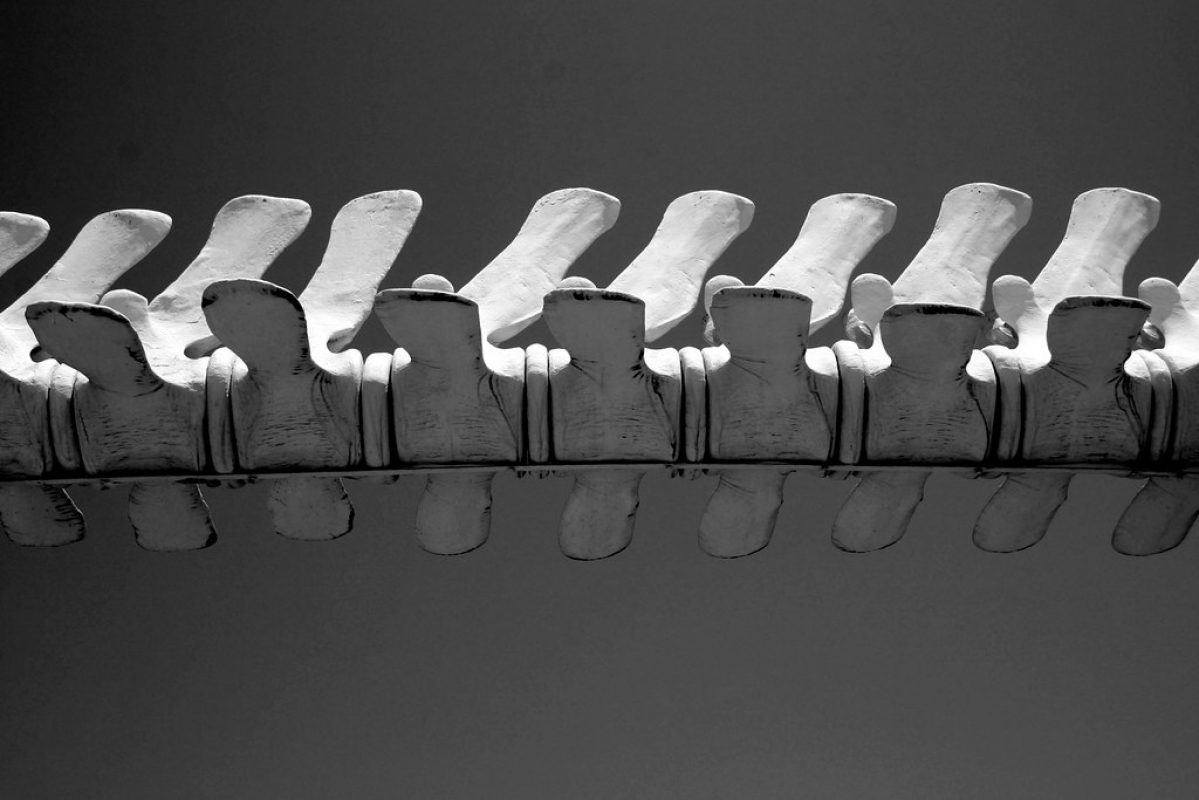
Causes of Lordosis
Lordosis can affect people of all ages. This spine curvature occurs due to difference in thickness between the anterior and posterior part of inter-vertebral disc. Some of the muscles around the hip and spine may become tight while some may be weak and stretched causing an imbalance and lower crossed syndrome, a condition that leads to curvature of the spine. Lordosis may occur due to several factors. One of them is osteoporosis that can lead to weakening of vertebrae and compromise integrity of the spine. Obesity can also contribute to lordosis due to uneven pressure on the spine. Achondroplasia is bone growth disorder that is often accompanied with lordosis. Spondylolithesis causes abnormal curvature of the spine in the lumbar region. Kyphosis in the thoracic spine may force the lower back to compensate for imbalance leading to lordosis. Other factors include: posture, pregnancy, and excessive visceral fat.
Symptoms of Lordosis
Lordosis may not cause symptoms and may sometimes go unnoticed. But it is usually associated with increased strain on the lower back. Poor vertebral posture can be seen in individuals with lordosis. Buttocks protrude outwards more than usual while lower back curve inwards causing affected person to appear swayback. Not all individuals experience the same symptoms. However, if the curvature is severe a patient may experience pain in the lower back and down the legs. Changes in the bladder and bowel habits are also associated with lordosis. Lordosis may cause symptoms similar to those of other spine deformities thus only a physician can diagnose the condition.
Treatment of LordosisGenerally, lordosis doesn’t cause symptoms or problems and usually does not have to be treated. On the other hand, in serious cases followed by severe pain in the lower back it requires treatment. The treatment will vary depending on the nature and severity of the curvature. Conservative treatments for lordosis include pain relievers, physical therapy, back brace and reduction of body weight. Physical therapy includes exercise program such as stretching of hip flexors and strengthening the abs and hip extensors. Severe lordosis, associated with serious health problems requires surgical treatment. There are different spine surgical procedures while spine fusion is the most common type of corrective surgery for severe lordosis.
- www.nhs.uk/conditions/scoliosis/
- www.cdc.gov/hepatitis/hbv/index.htm
- Photo courtesy of Kai Schreiber by Flickr: www.flickr.com/photos/genista/23994422/


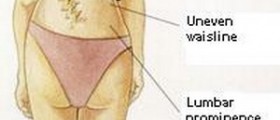
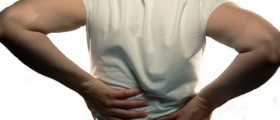

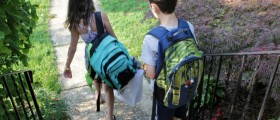
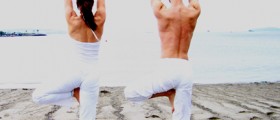






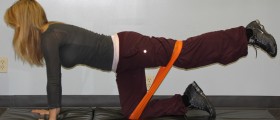

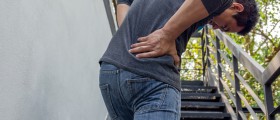
Your thoughts on this
Loading...